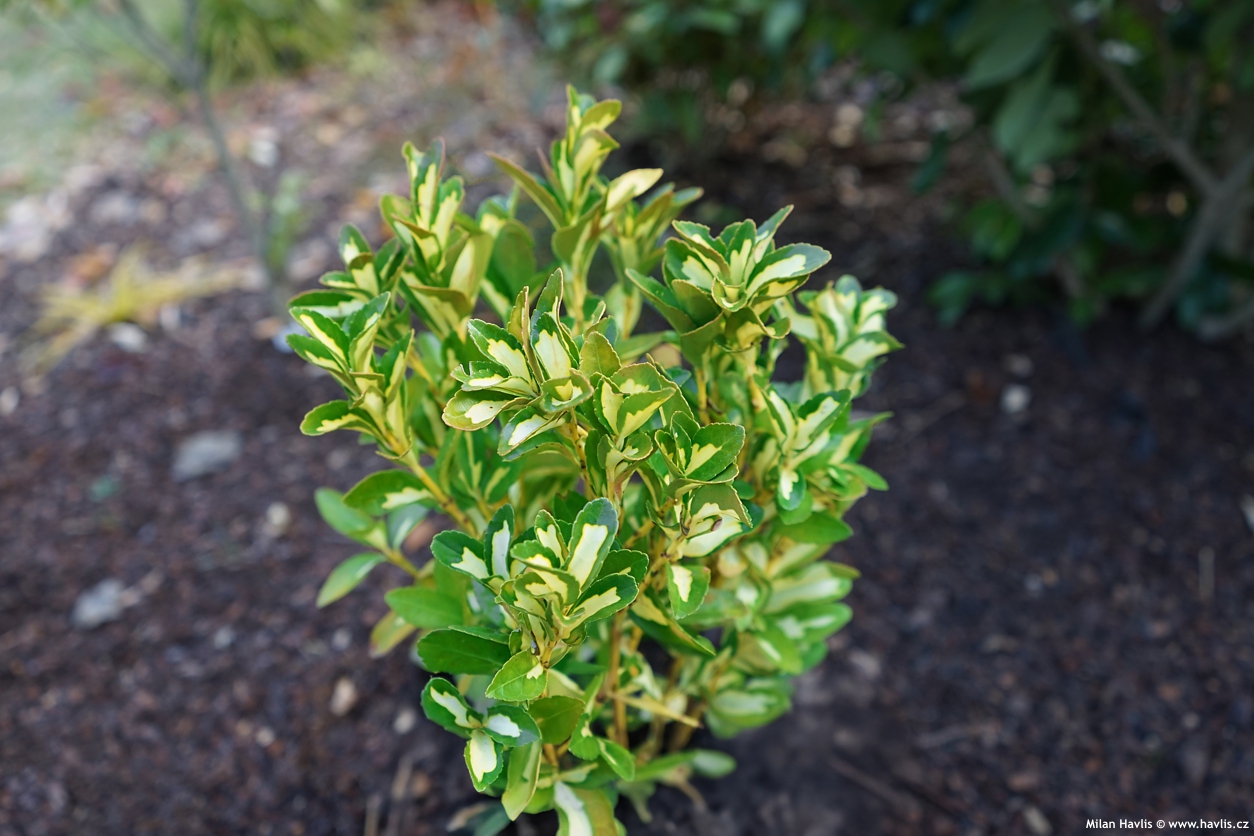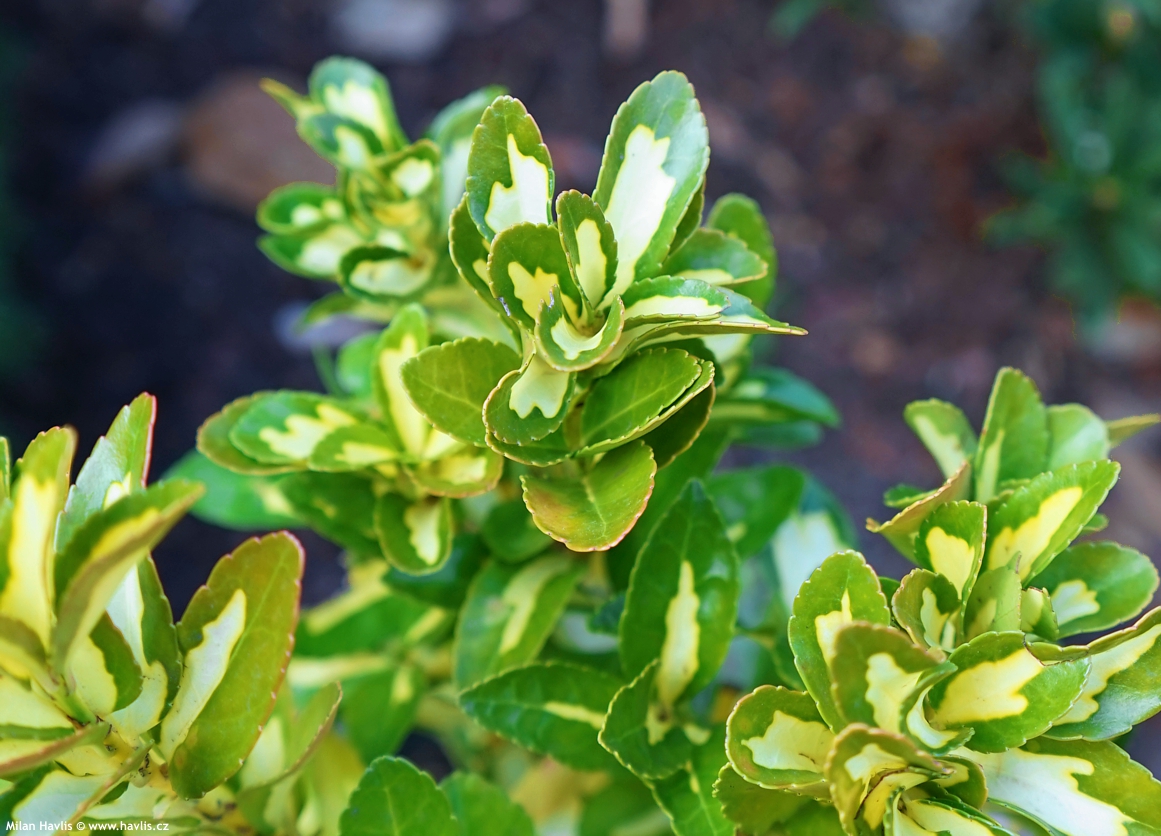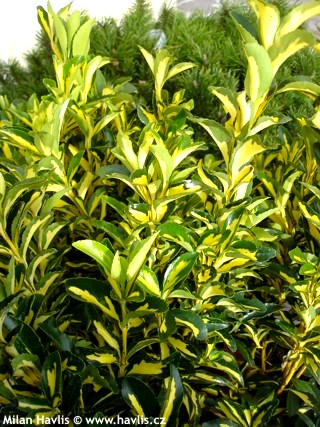Euonymus japonicus 'GOLD QUEEN' Japanese spindle
Euonymus
The genus Euonymus is a botanically diverse group of woody plants that includes both deciduous and evergreen shrubs as well as small trees. In nature, it occurs mainly in the temperate zone of the Northern Hemisphere – from Europe through the Caucasus to East Asia. Some species have been introduced into subtropical regions of Southeast Asia and Australia. In gardens, the most common representatives are the European Euonymus europaeus with its striking pink fruits, the evergreen Euonymus fortunei, which creeps and climbs walls, and the evergreen Euonymus japonicus, which forms compact shrubs with glossy leaves. The genus is renowned for its adaptability to different conditions, making it a popular choice for urban greenery, hedges, and collection plantings. The wood of some species, especially those with a harder structure, was traditionally used in Asia to make fine brushes for calligraphy – valued for its strength and delicate fibrous texture.
The Japanese spindle is an evergreen species native to Japan, Korea, and southeastern China, where it grows in coastal forests and on sunny slopes. It was scientifically described by the Swedish botanist Carl Peter Thunberg (1743–1828), who discovered it during his travels in Japan, where he worked as a physician and naturalist. The species reached Europe in the 19th century, probably through botanical collections from Japan, where it is highly regarded not only as an ornamental plant but also as a symbol of constancy and protection. In some regions, its branches are hung above doorways as a talisman against evil spirits – much like mistletoe in Central Europe. In urban greenery it thrives thanks to its resistance to wind, salty air, and pollution, making it an ideal candidate for planting in parks, streets, and terraces in locations where it is reliably hardy.
Gold Queen is a cultivar of the Japanese spindle that produces compact, relatively narrow shrubs with strikingly bicoloured leaves. They have a dark green margin and a bright yellow centre, which immediately distinguishes it from the cultivar ‘Aureus’ with the opposite pattern. Young shoots are vivid yellow, the habit is neat and even, and growth is slower than in ‘Aureus’. The leaves are evergreen, oval, leathery, moderately glossy, and bluntly serrated at the edges. It is considered an older horticultural selection, most likely named as a colourful counterpart to the white‑green cultivar ‘Silver King’.
The use of variegated evergreen spindles in the garden is highly versatile. They are suitable for front gardens, where they brighten up compositions of single‑coloured shrubs, and they also work well as low hedges along paths. They contrast beautifully with dark‑leaved woody plants or, conversely, with those bearing silvery or bluish foliage. In modern gardens they are often used as container specimens on terraces, which must be carefully overwintered, since Japanese spindles are not suitable for year‑round cultivation in outdoor pots in temperate climates. And if you also have the companion cultivar ‘Silver King’, the effect is like a chess match – king and queen in golden and silver attire.
The Japanese spindle is a relatively undemanding evergreen shrub, occasionally a small tree, that will tolerate average soil as long as it is well‑drained. In winter it dislikes complete dryness, so in frost‑free periods it should be watered about once a month if the season is dry. Once established, however, it can withstand longer periods of drought. Acidic soil will enhance the colour intensity of the leaves, though it is not essential for the plant’s health. It can grow in full sun or partial shade, though in regions with stronger and longer frosts winter and spring shading is recommended. Watch out for the euonymus scale, a small white pest that attacks Japanese spindles and literally drains them of life. If detected early, especially on stems, it can be easily controlled with currently available treatments. During the growing season occasional feeding will help prevent bare patches in the lower parts. Pruning can be carried out at any time from spring to summer – spring pruning encourages branching, while summer pruning is for shaping. Hardiness of Gold Queen has so far been verified down to –21 °C (USDA zone 6b).
Last update 22-11-2025
Goods are shipped all over Europe. For Russia and U.K. and for further details please read about SHIPPING OPTIONS HERE.
Are you interested in a serious discount for orders NOV-FEB? Check your options here.
THE PRICES INCLUDE VAT of 15%. For quick conversion you can use 1 CZK = approx. 0.04 EUR
- STANDARD QUALITY - Plants of this group are 1st class quality with number of branches and overall density adequate to their size and age, considering they were container grown.
- DE LUXE QUALITY - This label guarantees a luxurious quality of manually selected plants that, compared to their height and age, are exceptionally dense and beautiful.
- EXTRA - These plants are usually mature and bigger specimens with exceptional overall appearance.
- STANDARD (as described in the plant form) means a tree with a trunk of 190-210 cm and a crown at the top, unless specified differently. The commercial size for trees is their girth measured in the height of 1m from ground.
- HOBBY - These plants are of the same quality as our standard-quality plants but younger and therefore cheaper.
- SHRUB - a woody plant with branches growing bushy from the ground level.
- HALF-STANDARD or MINI-STANDARD - a small tree with shorter trunk, its size is usually specified.
- FEATHERED - These are trees with branches growing already from the base of the trunk and up along the stem.
- GRASSES and PERENNIALS - Sizes given usually read the diameter of the pot or the clump, as specified.












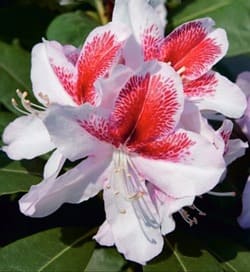




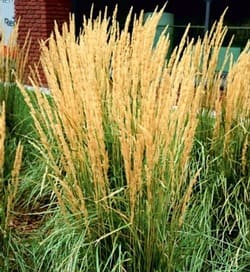
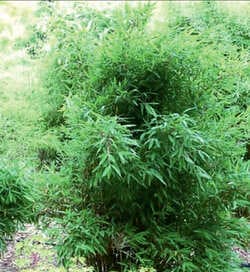
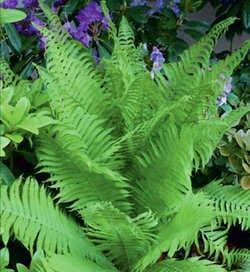




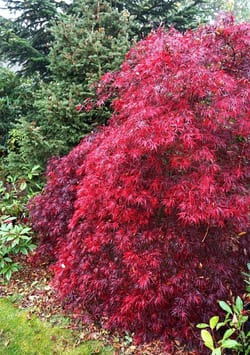
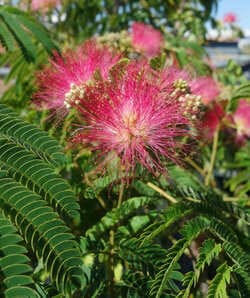
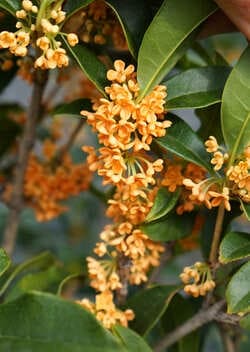



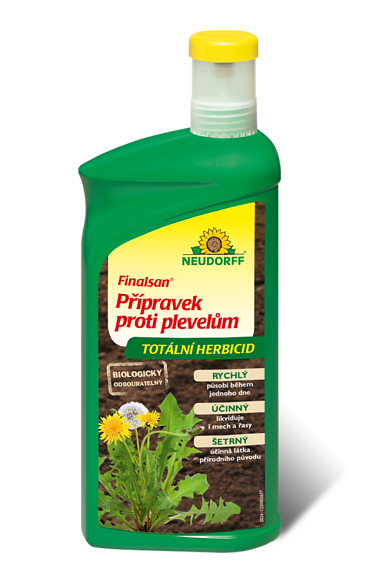


.jpg)
